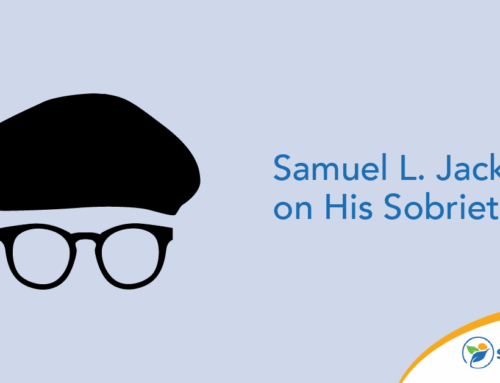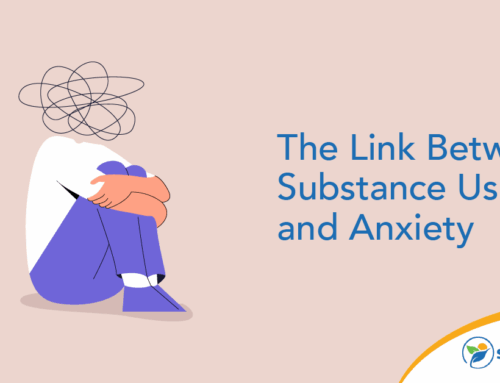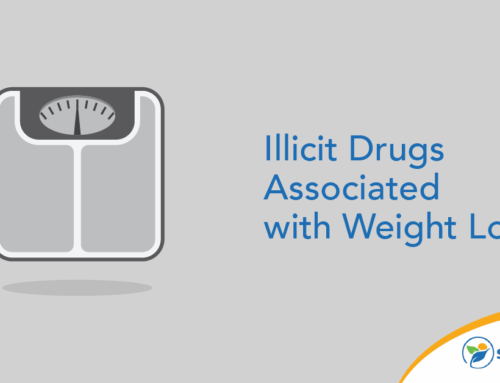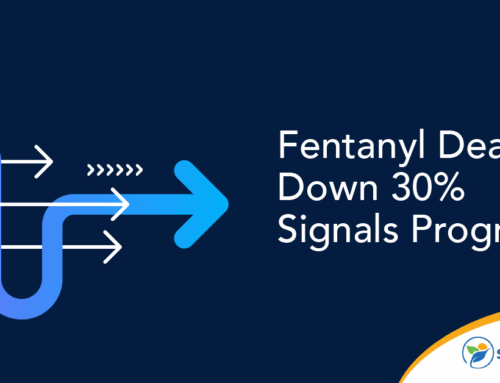If you’ve ever struggled with addiction, you may have heard the term “harm reduction.” What is harm reduction? It’s a set of public health strategies designed to minimize negative drug-related consequences as much as possible. Substance abuse involves complex personal and social factors, so eliminating it altogether isn’t likely.
Drug addiction can lead to poorer health outcomes, such as heart disease, stroke, cancer and mental health disorders. It can also increase motor vehicle accidents, STD prevalence and criminal activity in a community, making public health interventions a priority.
What effect is harm reduction advocacy having on the drug policy debate? Read on to learn about the purpose of harm reduction approaches, how they’re implemented and whether they have real benefits.
What Is the Goal of Harm Reduction?
As the name suggests, the main goal of harm reduction is reducing adverse impacts associated with drug use to improve the well-being of users and their communities. A drug harm reduction policy also focuses on reducing social stigma, encouraging safer drug use, promoting safer sex practices and connecting people who use drugs to appropriate support services. These approaches have roots in various 20th-century social justice movements, from The Black Panther Party’s survival programs to grassroots AIDS activism.
Although it covers diverse strategies, harm reduction is based on the following foundational principles:
- Accept the existence of illicit drug use, rather than ignoring or condemning it, while seeking ways to minimize its harm.
- Understand the spectrum of substance use, from abstinence to addiction, while acknowledging some ways of using drugs are safer than others.
- Uphold individual and community well-being as success markers, as opposed to the absence of drug use.
- Reduce harm by providing support services to community members without judgment or coercion.
- Respect the voices of those with a drug use history when crafting policies to serve them.
- Empower people who use drugs to reduce harm and support others facing similar challenges.
- Recognize the complex effects of social inequality on people’s ability to reduce drug-related harms.
- Don’t minimize or ignore the tragic consequences illicit drug use can have.
What Is Harm Reduction’s Effect on Drug Use?
The most common objection to harm reduction is that it encourages drug use. This argument suggests that clean syringes, spaces for supervised drug use and other resources create harmful incentives. Some claim it could discourage drug users from seeking treatment; others have quality-of-life concerns focused on community safety, such as the desire to maintain drug-free school zones.
Much of the controversy stems from the idea that harm reduction and abstinence work against each other. However, it’s possible for drug policy to embrace both goals. When dealing with short-term drug overdose crises, reducing harm is a more realistic approach. Additionally, many people limit themselves to safe consumption of “softer” substances.
The most well-studied harm reduction initiatives are syringe services programs (SSPs), which provide sterile syringes and other medical services. Decades of research have shown that SSPs reduce health care costs, prevent infectious disease outbreaks and save lives. There’s also no evidence of increased crime, syringe litter or risky behavior among drug users. Additionally, SSPs can be integrated into comprehensive support services, making it easier for users to find further assistance.
Naloxone distribution programs also have been widely adopted and evaluated. Naloxone — or NARCAN, the brand name version as a nasal spray — is a lifesaving medication that helps restore normal breathing after an opioid overdose. The medication can be easily administered by friends, family members or even bystanders. A study in the research journal Addictive Behaviors found that in states with naloxone access laws, opioid overdose deaths were reduced by 14%.
Harm Reduction Strategies
A harm reduction strategy can take various forms in contrast to strict prohibition. Strategies may differ in focus, but the foundational principles always apply. Here are several approaches that combine the needs of harm reduction advocates, clinical professionals, policymakers and people who use drugs.
- Meet people where they’re at: This idea is part of the approach of respecting drug users’ dignity. Substance abuse may be intertwined with someone’s cultural beliefs and practices. Showing compassion while addressing the harm caused by drug use requires an open-minded, culturally competent approach.
- Reduce the acute harms of drug use: This type of harm reduction takes a public health focus on severe outcomes, including the spread of infectious diseases. By providing access to clean syringes, clinical advice and medications to deal with alcohol or opioid addiction, this approach addresses both fatal and nonfatal overdoses.
- Successfully reduce drug use: This is one of the most uncontroversial harm reduction strategies. There are FDA-approved medications available to help with substance abuse disorders, such as methadone for opioids and disulfiram for alcohol. In combination with health care services for acute harms, this strategy supports long-term rehabilitation.
- Limit complications from drug use: Substance abuse complicates not only the user’s life but also the lives of their family members, friends and acquaintances. Legal troubles, workplace issues and relationship breakdowns are common problems that often accompany addiction. Housing assistance, designated driver and supervised drug use programs can provide much-needed support.
There Is a Way Forward
Whether you believe abstinence or harm reduction is best, one thing is certain: Saving lives matters. Addiction can take a heavy toll on a person and those around them, and not everyone can abstain or quit cold turkey. Harm reduction focuses on progress over perfection, and as the evidence shows, it can have a positive impact on individual and group well-being.
At Sunlight Recovery, we recognize the millions of Americans who struggle with addiction each day, not knowing where to turn for help. We know just how difficult the recovery process is. No matter where you’re at in your healing journey, our goal is to help you move forward.
Our facility offers a unique healing experience that includes inpatient and outpatient services. Contact us today for more information on how we help patients overcome addiction and regain their freedom.







